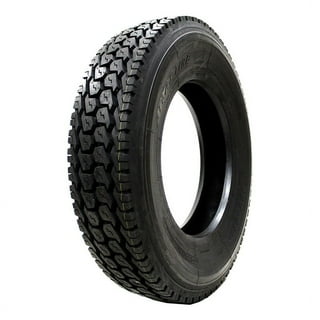Tire Substitute: Locating the Perfect Match for Your Lorry
When it comes to the maintenance of your lorry, picking the appropriate tires is a critical choice that directly impacts efficiency, safety and security, and general driving experience. Comprehending the complex details of tire size, kind, walk patterns, and rate scores is crucial in locating the excellent match for your vehicle.
Understanding Tire Size and Type
Understanding the importance of selecting the appropriate tire size and kind is critical for preserving optimum efficiency and safety of your vehicle. Various kinds of tires, such as all-season, winter, efficiency, or summer season tires, are made to execute ideal in specific conditions. All-season tires are flexible and do appropriately in numerous climate conditions, while winter season tires supply premium traction in snow and ice.

Assessing Footstep Patterns for Efficiency
When analyzing step patterns for efficiency, the design and deepness of the grooves play an essential role in establishing a tire's grip and managing abilities. Step patterns are not simply visual; they are crafted to supply specific features. Balanced tread patterns provide regular performance throughout numerous road problems, while unbalanced patterns boost cornering capability and traction. Directional treads, with their V-shaped grooves, master spreading water efficiently, minimizing the threat of hydroplaning. The depth of the grooves, called the walk depth, directly affects a tire's ability to hold the roadway surface area. Much deeper footsteps are beneficial for off-road or winter months conditions, supplying far better traction in tough terrains. However, shallower footsteps are usually favored for completely dry roadway efficiency, as they use even more call with the road, increasing taking care of abilities. Comprehending just how different step depths and patterns influence efficiency can help vehicle drivers pick tires that match their motoring demands and choices.
Thinking About Rate Rankings for Safety
The efficiency of tires, as affected by tread patterns and midsts, directly correlates with the rate rankings assigned to them, therefore emphasizing the relevance of thinking about rate scores for safety and security. Speed scores suggest the optimal rate a tire can handle properly under optimal conditions. When selecting tires for your vehicle, matching the speed score to your driving behaviors and typical driving problems is essential for guaranteeing security when driving. Selecting tires with a rate score less than what your lorry needs might jeopardize its handling capacities at broadband, causing potential safety dangers. On the other hand, using tires with a higher speed rating than essential could cause minimized traction and efficiency, particularly in normal driving problems. It is vital to consult your lorry's guidebook or a tire specialist to identify the ideal speed ranking for your details make and model. Prioritizing safety by picking tires with the correct speed rating is paramount for keeping control and stability while driving.
Matching Tires to Your Driving Habits
To guarantee ideal efficiency and safety on the roadway, it is crucial to pick tires that straighten with your specific driving behaviors. Various driving Recommended Reading styles call for various tire attributes to make the most of efficiency and long life.
On the various other hand, chauffeurs who frequently travel cross countries on freeways may gain from exploring tires understood for their comfy and peaceful trip. These tires are developed to provide stability and fuel efficiency, making them excellent for extended trip. For those who appreciate off-road experiences or reside in locations with harsh terrain, all-terrain tires with sturdy building and solid grasp are recommended to take on tough landscapes with self-confidence.
Ensuring Proper Setup and Maintenance
Matching the proper tires to your driving routines is simply the initial action; ensuring appropriate installment and upkeep is equally crucial for ideal efficiency and longevity. Appropriate installation of tires entails more than just tightening the lug nuts. It consists of straightening the wheels, stabilizing the tires, and making sure the correct tire stress. Improper setup can lead to unequal wear, reduced fuel efficiency, and compromised handling.
Normal maintenance is necessary to extending the life of your tires. This consists of turning the tires every 6,000 to 8,000 miles to make certain also wear, examining the tire pressure site here monthly, and examining for indicators of damage or wear - tires morris il. Appropriate upkeep not just prolongs the life-span of your tires but additionally boosts your lorry's overall efficiency and security

Final Thought
To conclude, picking the right tire for your lorry includes understanding tire size and kind, evaluating step patterns for performance, taking into consideration rate scores for safety and security, matching tires to your driving practices, and making certain proper installation and maintenance. By taking these elements right into account, you can discover the perfect suit for your car that will certainly offer optimum performance and security on the road.
